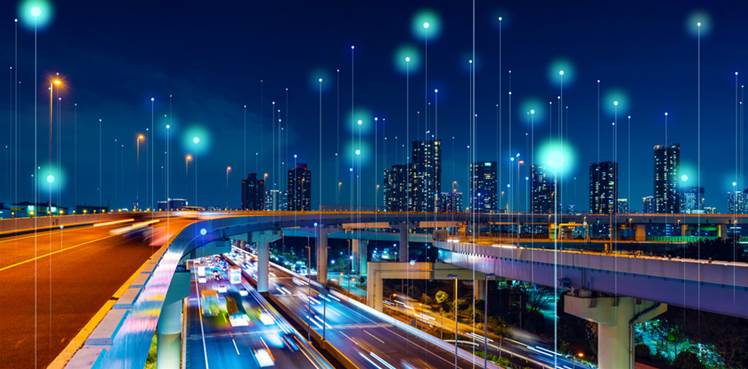Every industry faces disruptions from social, behavioural and technological, this means CIOs must be on the lookout for these hurdles to ensure the business stays ahead of the curve.

Speaking at Gartner IT Symposium in Australia David Yockelson, VP analyst at Gartner noted seven disruptions that seem futuristic may be closer than we think.
Yockelson said, “Disruptions are fundamental shifts that create lasting change, and successful organisations will be those that are prepared to address them.
“We need to keep asking ‘what if’ to remain open to opportunities presented by disruptions.”
He highlighted seven key disruptions that technology executives should consider in the next five years.
Metaverse Work Experiences
Today, organisations are harnessing metaverse technologies to provide better engagement, collaboration and connection to their employees through better immersive workspaces in virtual offices and the use of internal metaverse experiences called intraverses.
Gartner predicts that fully virtual workspaces will account for 30 percent of the investment growth in metaverse technologies and will reimagine the office experience through 2027.
Flying cars
Flying autonomous vehicles, or unmanned aerial vehicles (UAVs), are for carrying passengers, primarily over short distances in urban areas. These encompass self-operating aircraft that are sometimes referred to as “flying cars” or passenger drones and are designed to operate without a human pilot.
Several companies are working on new aircraft piloted by artificial intelligence and designed to create a faster, less expensive, safer, and lower carbon way to execute air travel, primarily in congested areas. The first flying taxi service is scheduled to launch in 2024.
Notwithstanding potential regulatory challenges, CIOs should assess what problems in transportation — moving people and cargo — might be solved by using these vehicles.
The digital human economy
From medical care, customer service, virtual influencers and HR training to bringing the deceased “back to life”, the possible uses for digital humans are endless. A digital human economy provides the opportunity for a new digital ecosystem, underpinned by technology that brings individuals and organisations together to innovate and interact in new ways.
Gartner predicts that by 2035, the digital human economy will become a $125 billion market and continue to grow.
Decentralised autonomous organisations (DAOs)
DAOs represent a new type of organisation model emerging in the IT services marketplace.
Gartner said that many high-value digital workers will be attracted to working in DAOs. Though in their infancy, DAOs have the potential to be highly disruptive to many current norms of the technology industry.
Wireless EV charging
Wireless charging will make the most sense as it becomes available for fleet vehicles such as buses and taxis. These vehicles can make effective use of dynamic charging to extend the range and reduce costs.
Subsequently, residential installations will be the biggest market for wireless vehicle charging, as EV owners enjoy the modest convenience of not having to plug a cable in. However, looking out beyond that time, Gartner expects that private housing estates and campus sites will overtake in-home installations by volume.
Graphene replaces silicon
During the next seven to 10 years, there is a huge potential for carbon-based field-effect transistors (FETs) to replace silicon in traditional transistors when they reach their minimum size limits.
One example is graphene, a one-atom-thick pure carbon material bonded together in a hexagonal honeycomb lattice. Graphene could displace current silicon devices, especially for wireless communications, where these carbon-based FETs can carry a much higher current in a small area, enabling super quick processing.
CIOs should consider new possibilities enabled by graphene-based technologies and start to identify emerging suppliers.
Tech becomes disposable
What if the technology industry starts to mirror the fashion industry, with “throwaway” applications designed to be made, used and disposed of quickly?
While elements of business composability are already widely practised, there are opportunities for CIOs to take it to the next level and prepare for the flexibility of disposable technology.
Athina Mallis travelled to the Gartner IT Symposium on the Gold Coast as a guest of Gartner.


_(20).jpg&h=140&w=231&c=1&s=0)


.png&h=140&w=231&c=1&s=0)





 iTnews Executive Retreat - Security Leaders Edition
iTnews Executive Retreat - Security Leaders Edition












_(1).jpg&h=140&w=231&c=1&s=0)



